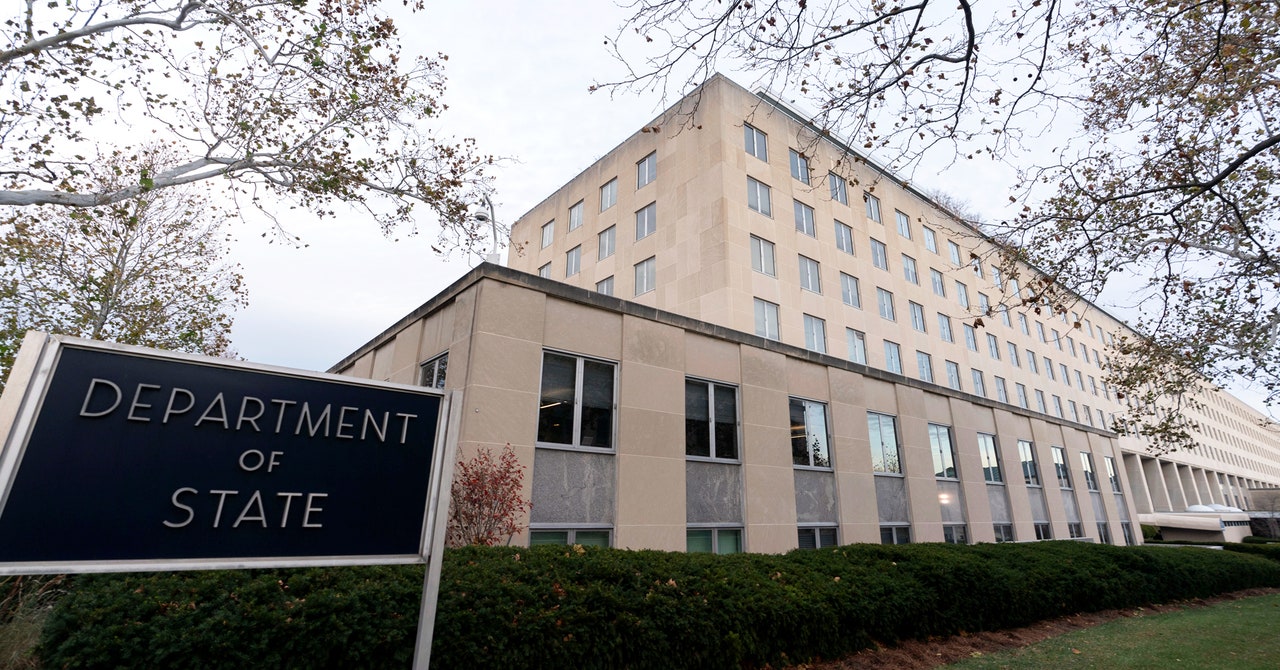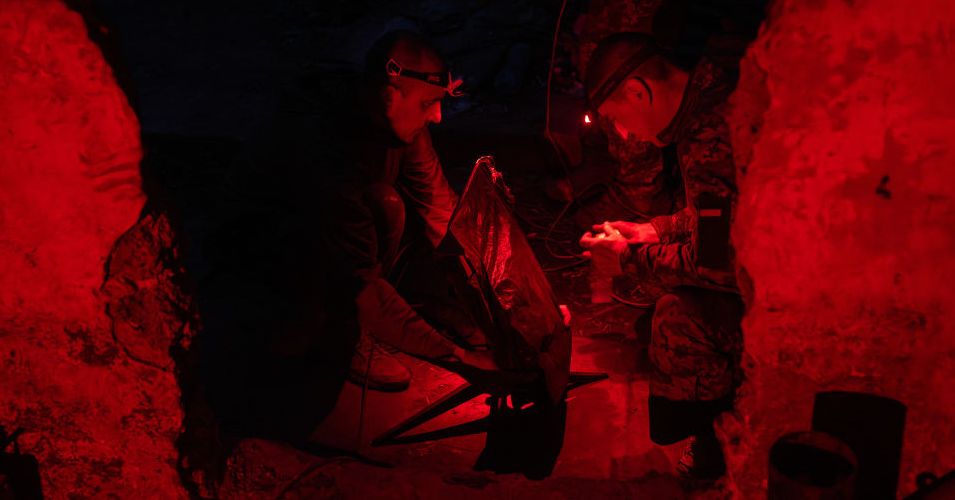The State Department’s air quality program eventually became an example of clever and efficient diplomacy that, while making changes in the real world, reinforces American soft power. “I have never seen the US government have such an immediate and significant impact on a country,” former US ambassador to China told Washington Post in 2013.
Prior to the death of the State Department, researchers and the general public can provide international air quality data collected from US embassies at AirNow, an EPA database, as well as in Zephair, a program designed by the State Department to assist US diplomats abroad. The former web page is not available. The program showed that at least half of the embassies stopped reporting regular data in mid -Tuesday.
Westerlett, who describes Dosair as “the platform for international air quality”, says he had previously received funding from the State Department to help expand the program in Africa. He says he was concerned about his fate when he realized last week that his funding with thousands of others had been terminated at the US Department of Foreign Affairs and the International Development Agency.
Diplomatic Victory
By the end of 2011, the air monitoring program was passing a large moment to recognize the public in China. The pollution in Beijing was so bad that the city was forced to close its airport. The State Department’s robot again detonated “bad bad” on Twitter, but official figures in the Chinese government said the weather was only “a little contaminated”.
However, the Chinese people decided to trust the US Embassy number. Many people expressed their despair of social media and pressured the government to take action to clear the air. “It became an environmental awakening similar to May London,” says the former US diplomat. In a twist and almost incomprehensible, the Chinese government even formally adopted the US State Department’s method of reporting air quality. The effort was also made to clear air pollution and cooperate with EPA on weather and environmental issues.
The Dosair program was also welcomed in many other countries, especially cases where there were no existing infrastructure for collecting air quality data. In some cases, local governments used high quality data collected at US embassies to calibrate reading in their low -cost monitors.
For these countries, ending the support of the air quality monitoring program can prevent them from progressing in air cleaning. “You can’t really reduce the problem of air pollution unless you have little evidence,” he explains. “Losing it is a very big hit.”
Pure economic winner
Over the past month, the Trump administration has reduced budgets and employees throughout the federal government as part of the initiative of the so -called ministry of efficiency of the Elvan Moscow government (DOG). But the air quality monitoring program to maintain the US State Department is not very expensive. Vesterlates estimates that it costs only tens of thousands of dollars a year because most of the monitoring equipment has already been purchased and the main costs are maintained.
Akshaya JHA, an assistant professor of economics and public policy at the University of Carnegie Mellon, who is simultaneously studying 2022, says that when a US embassy began to publish readings in a city, it often increased public awareness of pollution and pushed the host country to clean the air. JHA found that Google’s local search was steadily increased after installing monitors. The level of air pollution, estimated by satellite measurement, declined.
In the long run, JHA’s research also showed that the program actually saves the State Department, which is more likely to compensate for diplomats for living in dangerous environments. “Our estimates suggest that monitors save the average embassy of approximately $ 34,000 a year in this type of hard payments,” C.
Even beyond compensation, creating a world where fewer people are dying due to air pollution diseases reduces the need for costly medical treatments. “In terms of the benefits of this program over its costs, this is a clear winner,” says C.





